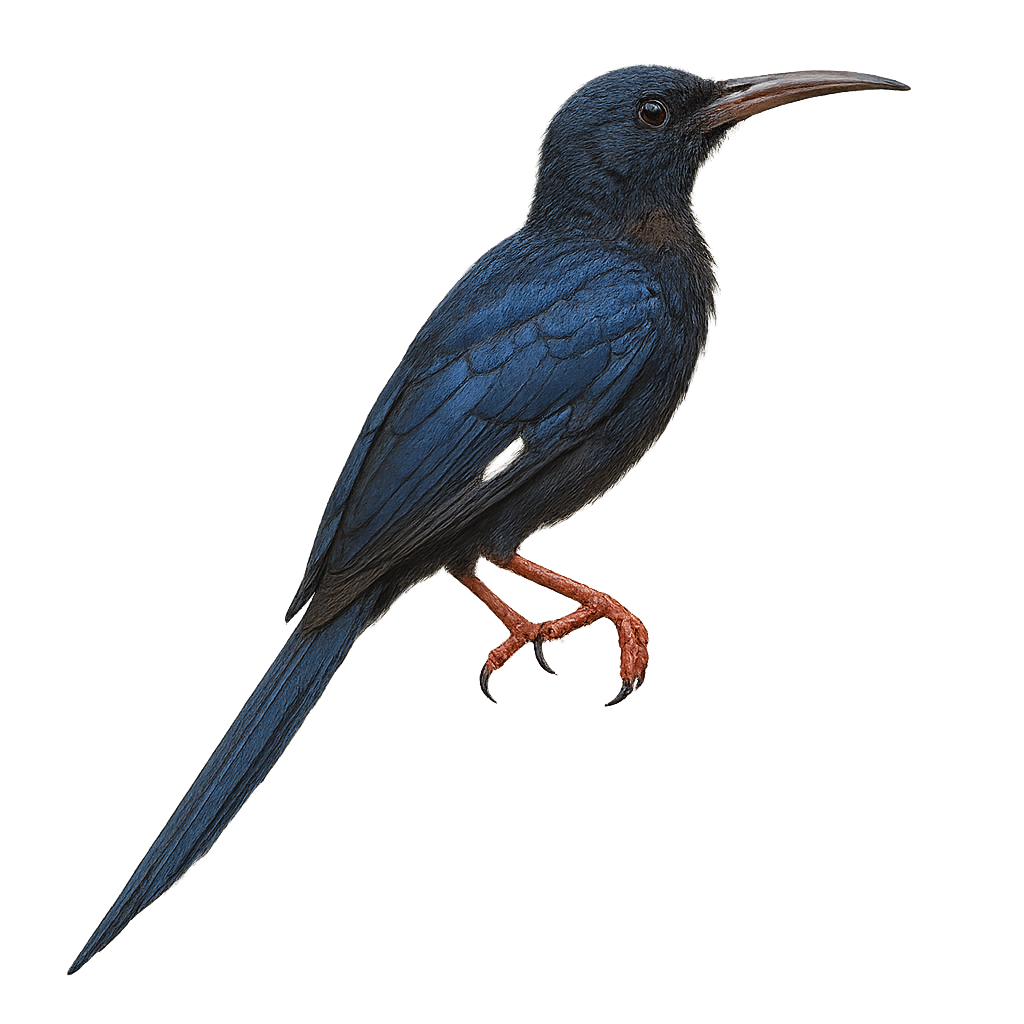Your wildlife photography guide.
Explore the somali hoopoe in detail, study its behavior, prepare your shots.
Where to observe and photograph the somali hoopoe in the wild
Learn where and when to spot the somali hoopoe in the wild, how to identify the species based on distinctive features, and what natural environments it inhabits. The WildlifePhotographer app offers tailored photography tips that reflect the somali hoopoe’s behavior, helping you capture better wildlife images. Explore the full species profile for key information including description, habitat, active periods, and approach techniques.
Somali Hoopoe
Scientific name: Phoeniculus somaliensis

IUCN Status: Least Concern
Family: PHOENICULIDAE
Group: Birds
Sensitivity to human approach: Suspicious
Minimum approach distance: 10 m
Courtship display: April to June
Incubation: 17-18 jours
Hatchings: April to July
Habitat:
dry forests, savannas, shrublands
Activity period :
Primarily active during the day, with peak activity in the morning and late afternoon.
Identification and description:
The Somali Hoopoe is a fascinating bird, recognizable by its glossy black plumage with metallic sheen and long curved beak. It primarily inhabits the arid and semi-arid regions of the Horn of Africa, notably in Somalia and parts of Ethiopia. This bird is often seen in small groups, feeding on insects it digs out of the ground with its beak. Although it is relatively not very shy, it remains cautious of potential threats. Its song is a mix of whistles and trills, often heard at dawn and dusk. The Somali Hoopoe plays an important role in its ecosystem by controlling insect populations.
Recommended lens:
400 mm – adjust based on distance, desired framing (portrait or habitat), and approach conditions.
Photography tips:
To photograph the Somali Hoopoe, it is advisable to use a telephoto lens of at least 400mm to capture precise details without disturbing the bird. Look for it in dry forests and savannas, where it is often active during the day. Be patient and discreet, as although it is suspicious, it can be observed closely if you remain still. Try to capture its glossy plumage under good lighting to highlight its metallic sheen.
The WildlifePhotographer App is coming soon!
Be the first to explore the best nature spots, track rutting seasons, log your observations, and observe more wildlife.
Already 1 439 wildlife lovers subscribed worldwide

